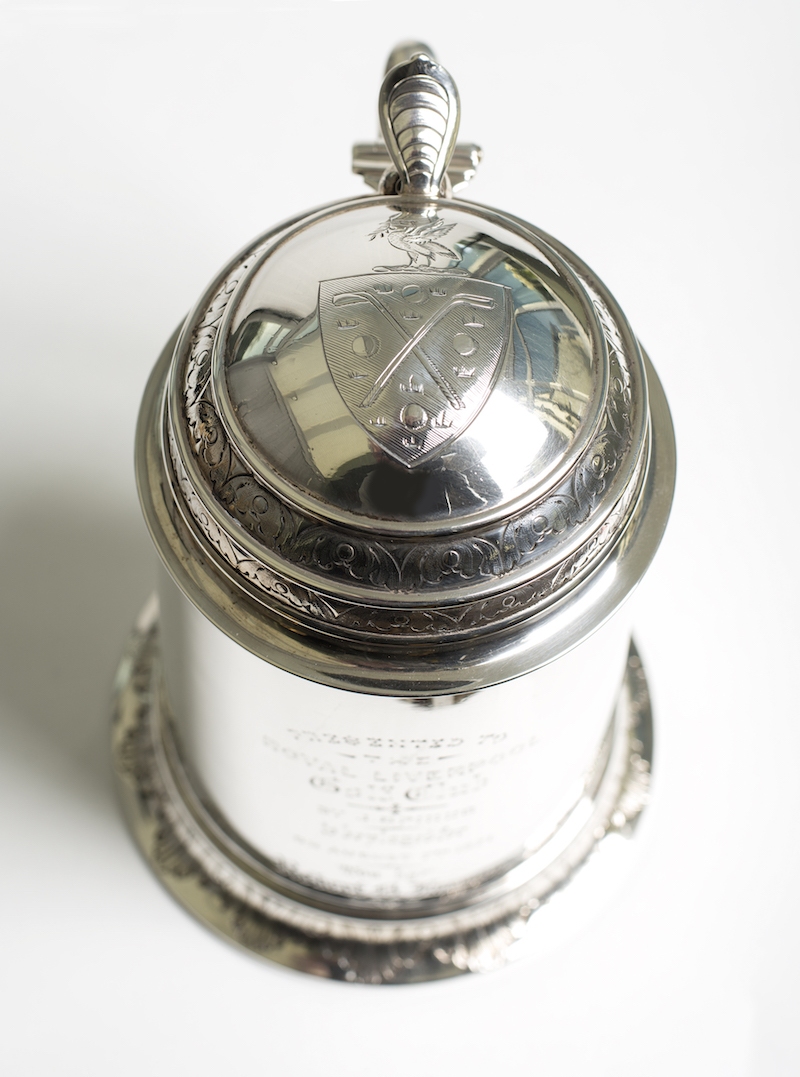By Blyth Bell
1871 was a landmark year in the early days of the Royal Liverpool Golf Club, and arguably the most important in its 150-year history. The fledgling 9-hole course which had been laid out just two years before had become heavily congested on medal days, and arguments in favour of extending the links to 18 holes were compelling. The membership sought to develop a golf course at Hoylake that would come to rival those at St Andrews and Prestwick, and extending the course to 18 holes was a crucial first step in that direction. Writing of the changes to the course in 1871, the golf correspondent of The Field, whose pseudonym was ‘Wooden Spoon’, noted: ‘Commencing at the short hole, we go five holes due south, along the warren to the foot of West Kirby, and back four holes by the banks of the Dee, joining the old links at the Rushes hole. Although the distances are short, the difficulties are great: what with rushes, bent, hills, hollows, mounds and real St Andrews bunkers, the most experienced players will be glad of a forecaddie and a flag; fortunately, the putting greens are smooth and true throughout’.
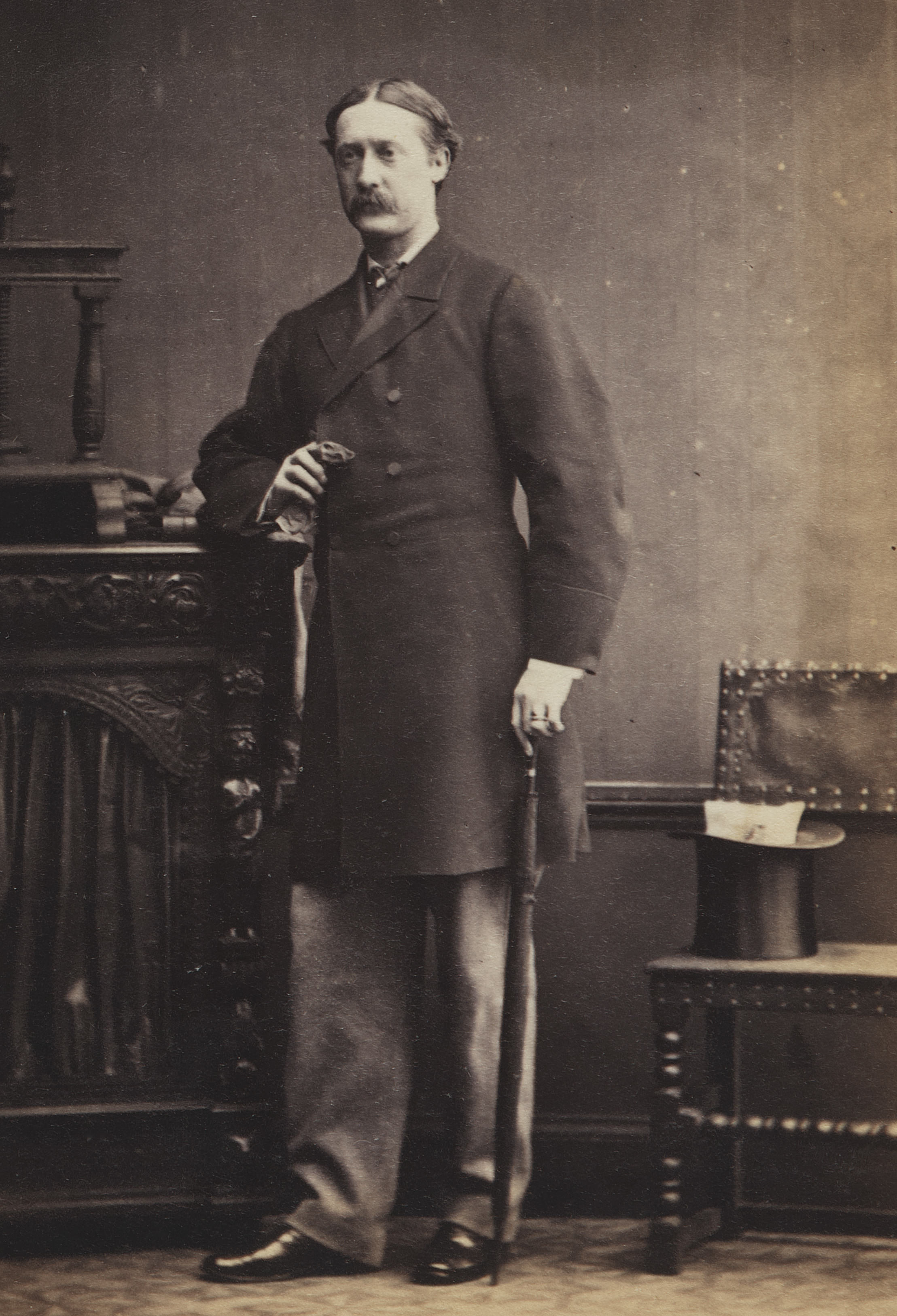
In the spring of 1871, Colonel Edmund Hegan Kennard (above) became the club’s second Captain, taking over from James Muir Dowie. Kennard had been working behind the scenes in an effort to persuade Prince Arthur, Queen Victoria’s third son and a keen golfer, to become the club’s President. On 29th June 1871, Kennard received a letter from Buckingham Palace confirming that Prince Arthur had ‘great pleasure in accepting the Honorary Presidency of the Liverpool Golf Club’. The Minute Book recorded the good news: ‘So that henceforth the club designates itself “The Royal Liverpool Golf Club”; the meeting expressed its gratification at this happy result’. So it was that, just two years after it was founded, the precocious northern English golf club had become only the sixth in Britain authorised to call itself ‘Royal’. Council wasted no time in recognising this, and plans were made to design new gold buttons and to update the engraving on the Club Gold Medal.
At that time, official Bank Holidays did not exist. This changed when Sir John Lubbock, Liberal politician and banker, introduced the Bank Holiday Act of 1871. Thereafter, the first Monday in August became a public holiday, along with Whit Monday, Easter Monday and Boxing Day. John Dun, himself a banker and a prominent member of the Royal Liverpool club’s Council, was eager to organise a Summer Meeting. This initiative was supported by Council and arrangements were made for the inaugural event to be played on Monday 7th August.
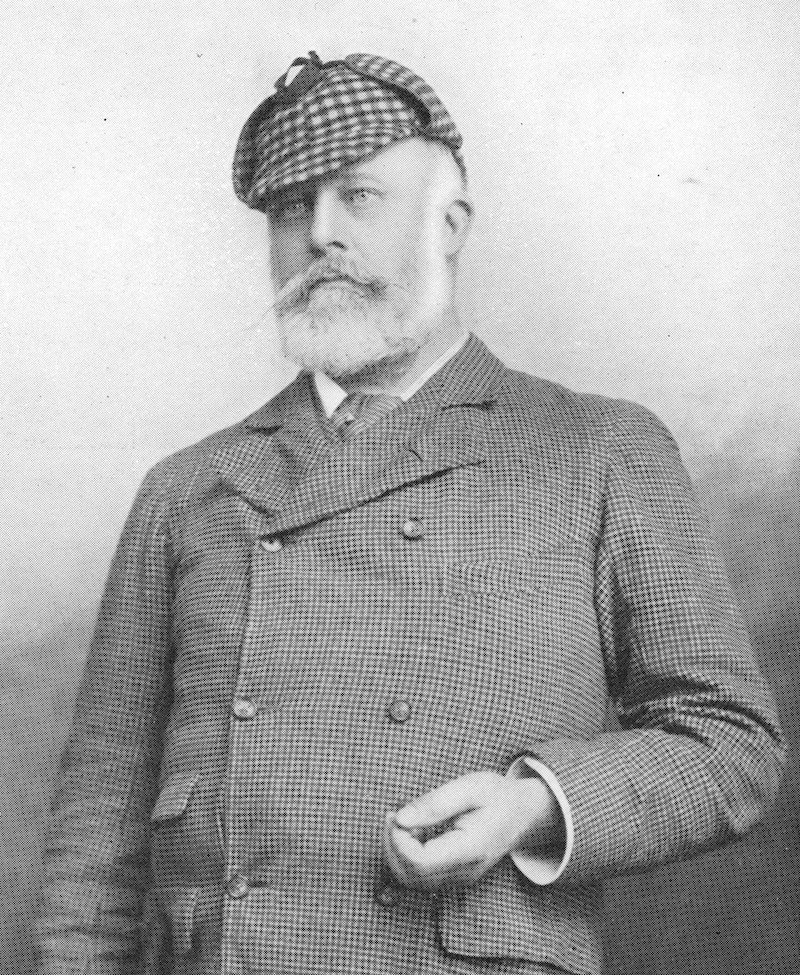
John Dun
Before the competition took place, however, there was much to decide. Several of the new holes had yet to be named, and these were now listed in the Minutes for the first time. The importance of prizes was also recognised: a small silver medal would be awarded to the winner of the scratch event, while many members donated prizes for the handicap competition. J. Spinks presented a striking silver tankard which would be won outright by the player with the best handicap score. Other prizes included a pair of silver beakers, a set of golf clubs, and golf balls. A handicap committee was formed, and although John Ball Snr, John Dun and J.C. Baldwin were assigned scratch handicaps, many other members were new to the game. Overall, therefore, the newly established Summer Meeting could safely be described as a mixed ability gathering.
Forty-two competitors took to the links, weaving—and hacking—their way across the rough and newly formed golfing terrain. At least two of the holes criss-crossed, and the scoring reflected both the nature of the new layout and the golfing prowess, or otherwise, of the membership. Only one player broke 100, and we must surely spare a thought for H. Adamson, whose gross score of 172 (net 132) suggests a particularly dispiriting afternoon! Widely regarded then as the best player in the club, John Dun duly won the scratch medal with a gross 96, while the leading handicap score (88; gross 104) was returned by Robert Forman.
One significant link between the club’s 1871 other milestones and the Summer Meeting is the Spinks silver trophy, which, for the past 150 years, has been somewhat shrouded in mystery. However, this long-lost artefact surfaced recently at an American golf auction, and the Royal Liverpool Heritage Committee was fortunate enough to secure its acquisition. The magnificent and well-preserved silver tankard is now on display in the clubhouse, where it properly belongs. Designed by a leading nineteenth-century silversmith, Elkington of Birmingham, the lid features one of the early Hoylake club crests, with its Liver bird, crossed clubs, four golf balls and, not least, its crowns, reflecting the club’s recently acquired Royal patronage.
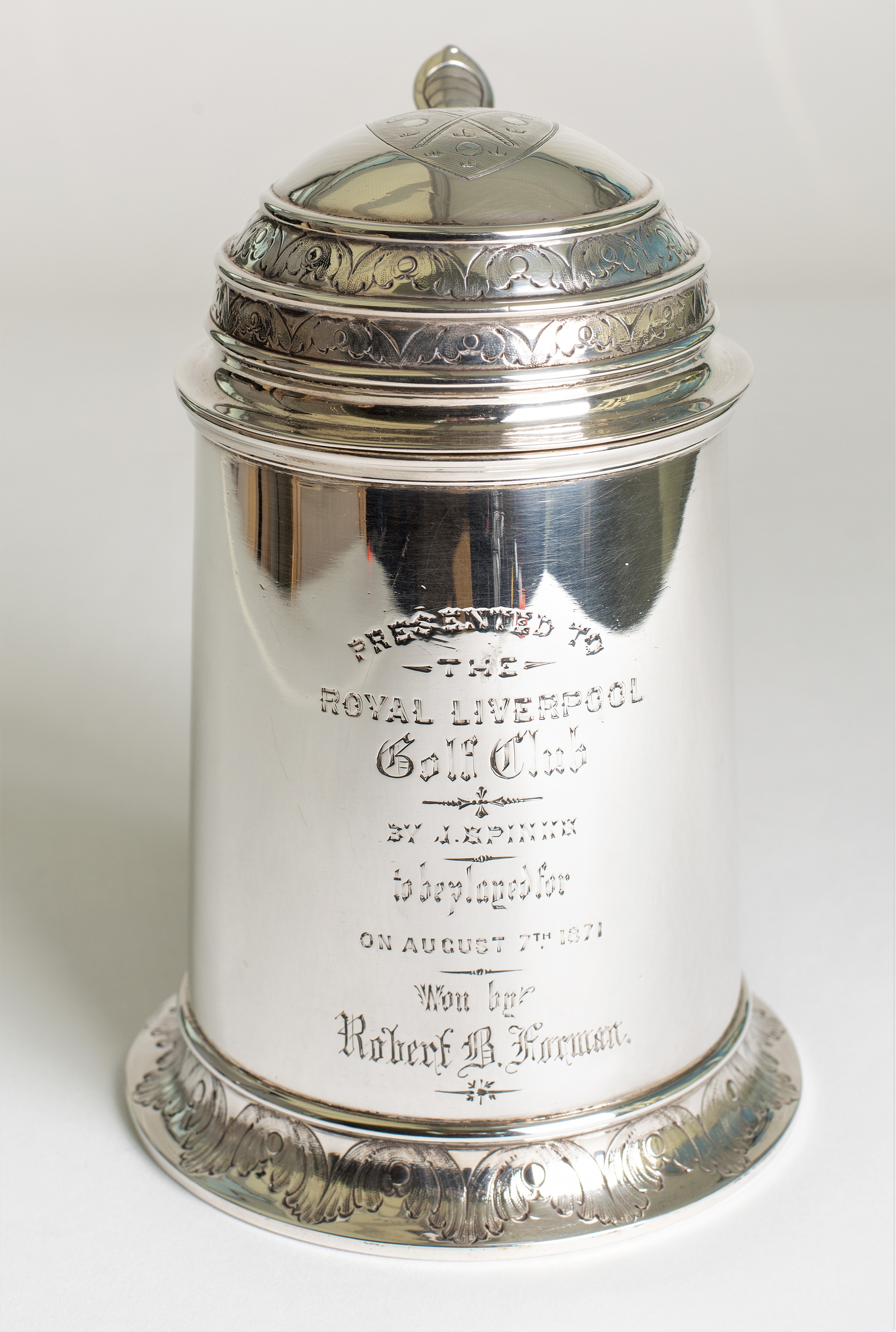
The Spinks trophy
Robert Brodie Forman, winner of the handicap prize, was then in his mid-twenties and a founding member of the club. A minister’s son from Leven, Fife, he was one of many Scots who travelled south to trade from the then booming port of Liverpool. In 1869, he joined with Robert Balfour and Alexander Guthrie to form the Balfour, Guthrie shipping company, an offshoot of Balfour, Williamson, which was already one of the largest such firms worldwide. In the early days of the San Francisco-based subsidiary, Forman coordinated the Liverpool side of the business. By the 1890s, Balfour Guthrie was the world’s largest trader of grain, taking advantage of the commercial opportunities that marked the speculative boom in Victorian San Francisco. In time, Forman moved to California, where he was joined by fellow Royal Liverpool founder members Alec Williamson and John Lawson in establishing the San Francisco Golf Club in 1895.
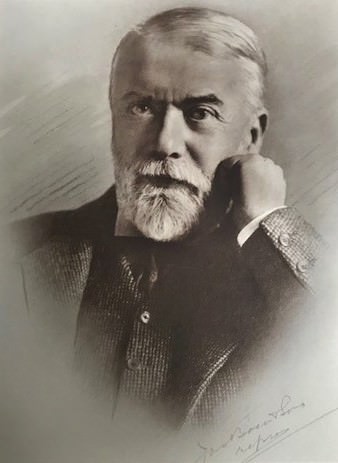
Robert Brodie Forman
So it is that the recently acquired Spinks silver trophy brings together many of the important early initiatives of the ambitious, forward thinking Royal Liverpool membership in the second half of the nineteenth century. It also reflects the story of the great trading city of Liverpool, and of the men who settled there in search of the business opportunities it offered. Happily, they brought the game of golf with them to Merseyside and would eventually introduce it to the rest of the world.


